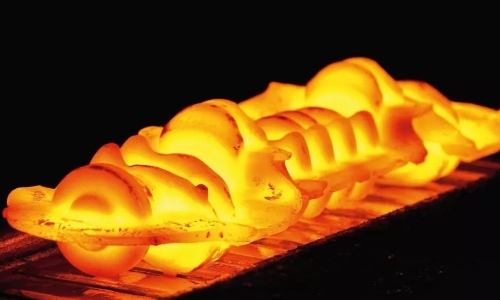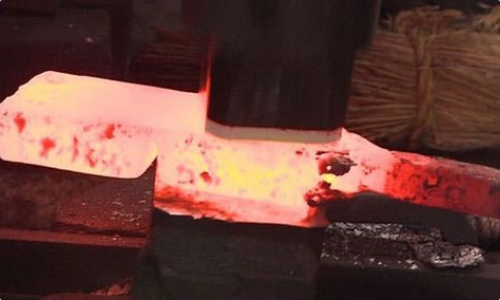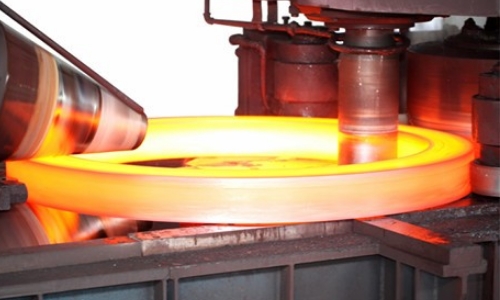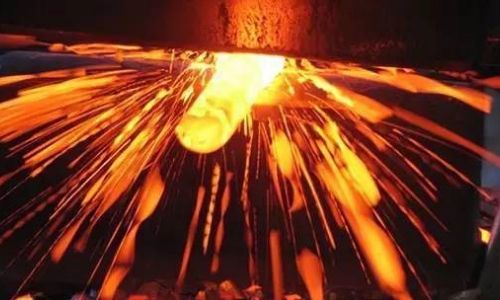Die forging

In the simplest example of die forging, two dies are placed together and the workpiece is plastic deformed until its side touches the die side wall. Then, a small amount of material begins to flow out of the mold, forming a thinner flying edge. Rapid cooling enhances resistance to deformation and creates pressure within the workpiece, helping the material continue to fill the mold space that is not fully filled.
Basically, horizontal forgings produce die forgings similar to those produced by hammers or presses. Both are formed by squeezing metal into voids in the die, which are dislodged at parting lines. The impression in the "top tool" of a horizontal forging machine is equivalent to the impression of a hammer or upper die. The "clamping die" contains the impression corresponding to the hammer or lower die. The gripper die consists of a fixed die and a removable die that, when closed, are used to clamp the raw material and hold it in place for forging. After each working stroke, these molds allow the transfer of raw material from one cavity to another to achieve shaping in multiple stages of the mold.
Findtop's strength in die forging
We are in the process of establishing a long-term strategic relationship with a leading global supplier of die forging technology. We use its self-developed patented technology to provide the best cost effective customized machining parts solutions from the Asian market. The whole procurement process is absolutely transparent, and you can get the latest order information in real time through our order tracking system.




